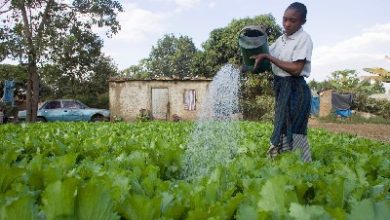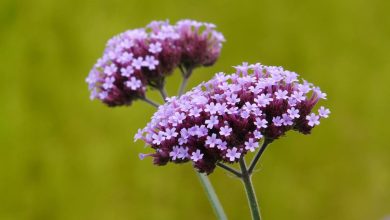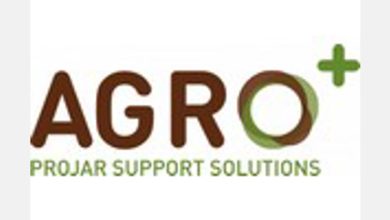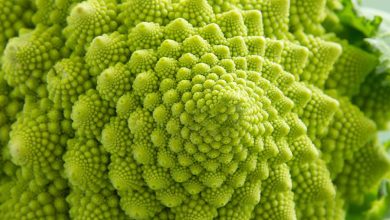Hedges for the Organic Garden: Species of beneficial hedges
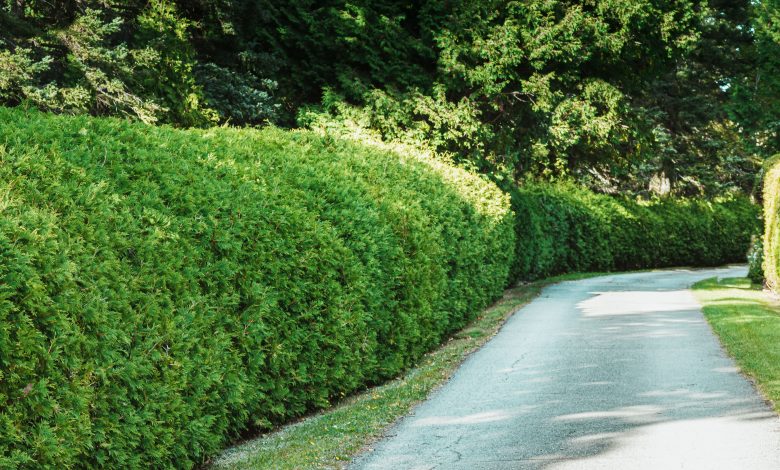
Here is the post that follows the tips on hedges that I presented to you yesterday in the article 10 reasons to put hedges in the garden and how to do it well. In it I told you about the main benefits that hedges can bring in an organic garden, the reason for their use and some practical advice when establishing them.
Now it’s time to talk about the species that we can choose for our perimeter hedge or hedges interspersed in our organic garden. As I already told you, it is convenient to choose several species so that we get a varied and dense hedge.

A book that will help you improve your organic garden
In order to recommend the most useful species to use in hedges, I have documented what two experts in Organic Agriculture and the Environment tell us in a very interesting book that I recently discovered: « Companion plants in the organic garden, guide to associated crops », by Sandra Lefrançois and Jean-Paul Thorez.
In the book they talk about hedges but also about other important techniques to achieve biodiversity in the organic garden, such as association techniques and crop rotation, the use of green manures or the importance of the presence of flowers in the garden. I had already told you about all these things a long time ago in other posts in the categories “Organic garden” and “How to cultivate a garden”, so I thought it would be interesting to publish something about hedges.
Useful species for the hedges of an organic garden
It is not valid with a single type of plant, you must choose several species for the hedge and if they are plants adapted to the area -local or autochthonous- all the better, because they will take root better in the land and the presence of local varieties is favored, one of good practices in organic farming.
As I told you in the previous post, they are interesting:
- Those plants that have fruits that attract the attention of birds and small mammals so that they do not become crop pests.
- Plants with flowers or interesting species for their amount of nectar, since pollination and the presence of auxiliary insects are favored.
- Species with hollow or soft stems where beneficial insects such as bees can take refuge.
- Plants that attract insects that are natural enemies of some pests.
Let’s see some of them:
HOLLY (Ilex aquifolium)
Very typical shrub in country hedges. Due to its persistent foliage, interesting for the nesting of birds, which remain in it instead of eating the fruits of the orchard since its small red berries are their food source.
It also adds color to the orchard in the fall when the berries are in fruition, enriches the soil and helps drain it when it gets too wet.
SEA ALDER OR SILVER BASKET (Alyssum maritimum)
Small annual plant but with ground cover vegetation, perfect for the base of the hedge to prevent weeds from growing. With small white or very showy pink flowers.
It is very interesting in biological control since it can house more than 200 species of beneficial insects.
HAZELNUT (Carylus avellana)
It is one of the trees that most attracts birds and also beneficial insects (in part because it harbors a very specific hazelnut aphid that serves as food for auxiliary insects).
In addition to it, we can also obtain a rich harvest of hazelnuts (I love them «fresh») and we can use their branches, straight and strong, as stakes for climbing plants in our garden, such as tomatoes or beans.
BOXJ (Buxus sempervirens)
Host of auxiliary insects and also with repulsive properties against some pests, such as voles.
Although it grows very slowly (it is better not to buy a very young plant) it adapts well to different climates and types of soil, and aesthetically it is very showy.
DOGWOOD OR SANGUINO (Cornus sanguinea)
Shrub that harbors many auxiliary insects and also has fruits that attract birds.
It supports constant exposure to the sun and is perfect in that case because when it is exposed to light its branches are dyed an intense red, which will give your garden a very interesting touch of color.
IVY (Hedera helix)
Very useful perennial plant at the foot of hedges since it covers them, occupying the hollow spaces and also covers the ground, protecting it from moisture loss.
It is a perfect refuge for beneficial auxiliary insects such as hoverflies or parasitic or hunting wasps, and for bees, which feed on the nectar of its late-blooming flowers. Birds can nest in it and also eat its fruits.
BROOM (Retama sp.)
Suitable for hedges because it grows in dense blocks. With striking yellow flowers that will also color your garden more and that produce a nectar that attracts beneficial hymenoptera and diptera. It also has repulsive properties against some pests.
ROSE ( Rosa spp.)
Due to its flowers, interesting for its aesthetic role in the hedge, but also for harboring beneficial insects such as ladybugs or the Praon volucre wasp (natural enemies of aphids and other pests). Perhaps you are thinking that it is quite typical to have aphids on rose bushes… this usually happens when the weather is warm, it is true, but we can counteract it by planting lavender between the rose bushes to drive them away.
The wild rose bush or rose hip, with its soft stems, is the perfect place to house wasps and solitary bees, beneficial in the garden.
Well, these are just some of them, there are many other useful species to plant in hedges, such as: Acebuche, Oleander, Durillo, Raspberry, Blackberry, Rockrose, Strawberry Tree, Myrtle, Rosemary, Linden…
I hope that with these tips you will get a good hedge and tell us about it. If you already have one you can attach a photo in the comments.

